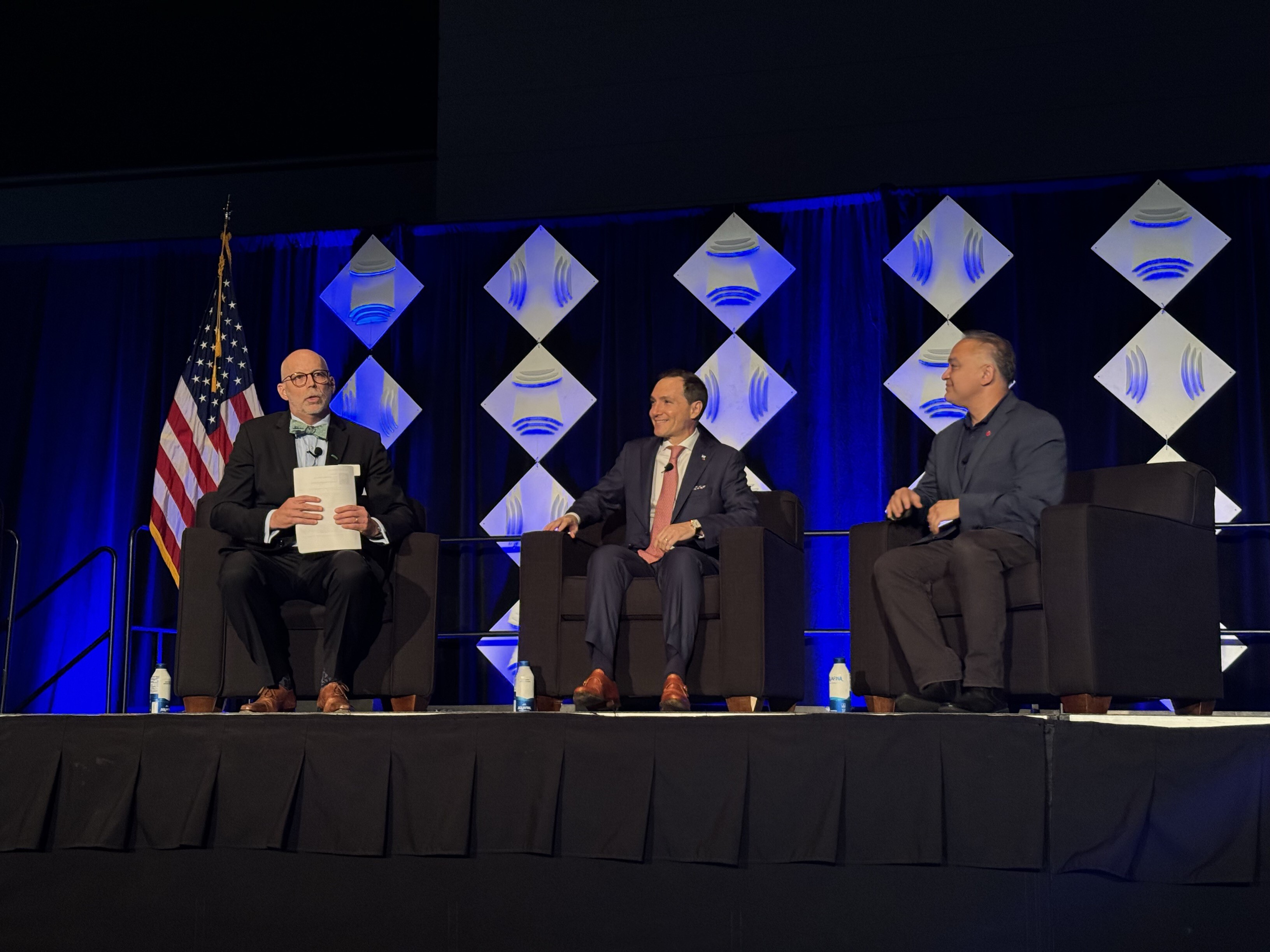Frequently Asked Questions: Certified Components vs. End Products in the Water Industry

State drinking water legislation requires equipment and products in contact with drinking water, from source to tap, to meet health and safety standards, including certification to NSF/ANSI/CAN 61. The certification of a finished product incorporates the evaluation and testing of all the included components, but the end-product certification does not extend to the components themselves.
In other words, components are not certified individually via testing of an end product. For example, if a peristaltic chemical pump is granted NSF/ANSI/CAN 61 certification, that does not mean the tubing used is by default also certified on its own.
Components seeking certification must go through the same rigorous technical review, production facility audit, and extraction testing as certified finished products. Once completed, the component itself can bear the NSF mark to show certification to the appropriate standard.
We cover some of the common questions we get about component certification below.
What Are Some Examples of Certified Components?
- O-rings
- Gaskets
- Pump mechanical seals
- Concrete aggregate
- And more
If an End Product Needs a Separate Certification, Why Do Component Manufacturers Also Seek Certification?
Component certification provides:
- Improved acceptance as replacement parts by authorities having jurisdiction (AHJs)/regulators by verifying the components meet the most rigorous health requirements of NSF/ANSI/CAN 61 on their own.
- Improved product quality, as certification, can catch unknown supply chain changes.
- Differentiation over other products.
- A step toward end-product certification.
Does an End Product Made Up of Mostly (or All) Certified Components Have to Go Through the Same Testing as an End Product Made Up of No Individually Certified Components?
All certified products, whether a component or final end product, go through a rigorous technical review to ensure the finished product meets the health effects requirements of NSF/ANSI/CAN 61 on its own. That review determines the testing required and what compounds are of concern. Using components certified by NSF may impact that because we have already evaluated and tested those components.
Why Should Utilities Look for Certified Components?
- An OEM replacement part isn’t always readily available.
- Certified components have potentially easier acceptance from AHJs when seeking replacement components.
How Can I Differentiate Between a Certified Component and a Certified End Product in the NSF Listings?
All certified materials, components, and end products appear in the official online NSF certification listings. While we don’t specifically designate items as components in the listings, our online product listings can be searched in many ways. The best method of searching for a component, if you don’t already have a manufacturer or trade name selected, is by the product type you need (material, O-ring, adhesive, etc.).
Are the NSF Certification Marks Different for Certified Components vs. End Products?
The NSF mark for components and end products certified by NSF to NSF/ANSI/CAN 61 is the same, except in the case of point-of-entry components, which use a specific NSF component mark. These are shown below.
| Most components certified to NSF/ANSI/CAN 61 bear this standard certification mark. | |
 | Point-of-entry components are an exception to this rule and typically bear a specific NSF component mark. |
Visit the Municipal Water Systems Certification page for more information.
Want To Connect With an Expert?
Contact us with questions or to receive a quote.
How NSF Can Help You
Get in touch to find out how we can help you and your business thrive.

What’s New with NSF

NSF Shanghai Named Critical Site for NSF/ANSI 455 and NSF/ANSI 173 by ANSI National Accreditation Board
July 26, 2024
NSF Takes Center Stage at NEHA Annual Education Conference
July 25, 2024
NSF Asia Pacific Showcases Hospitality Solutions at THAIFEX HOREC Asia 2024 in Bangkok, Thailand
July 4, 2024
